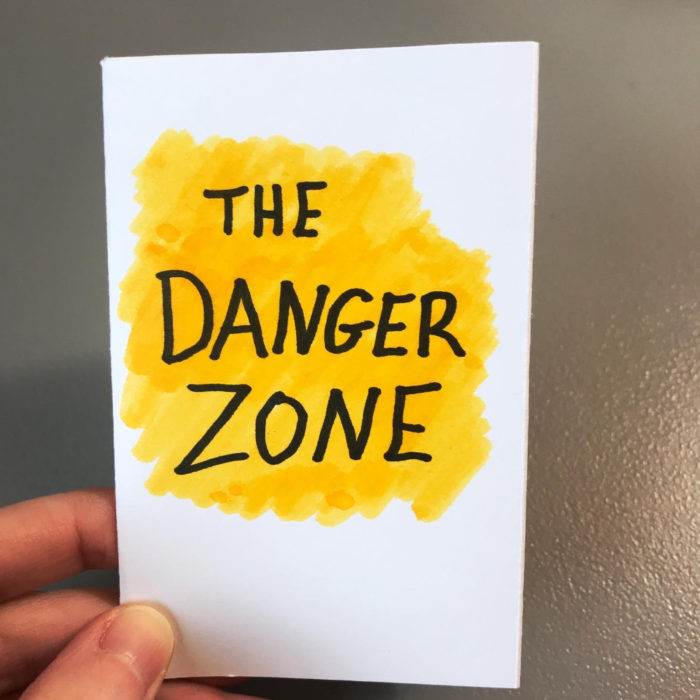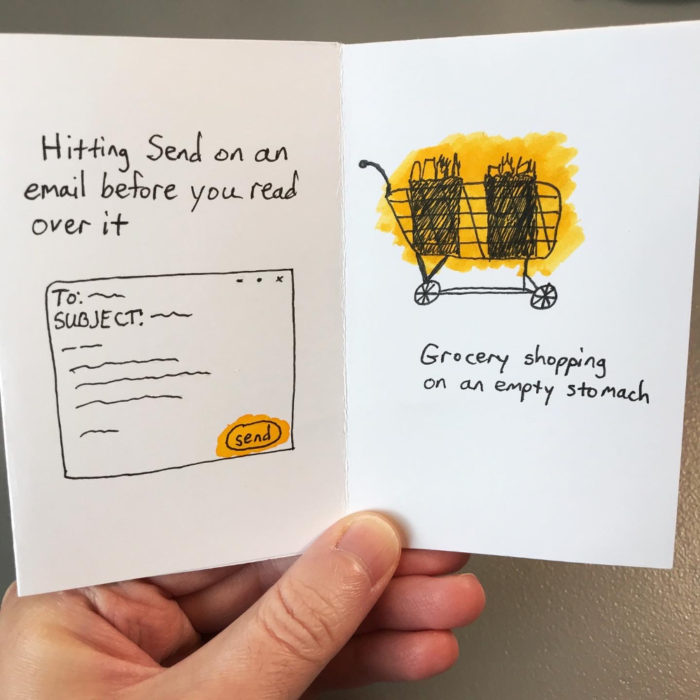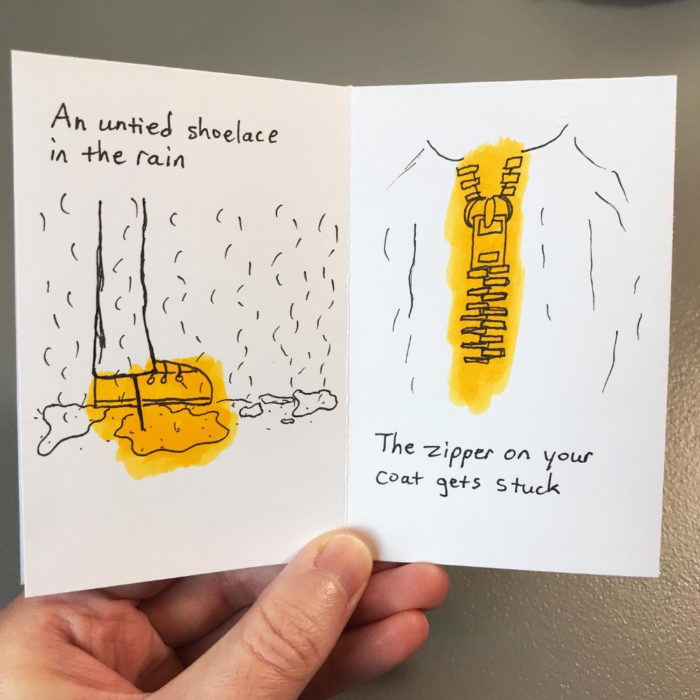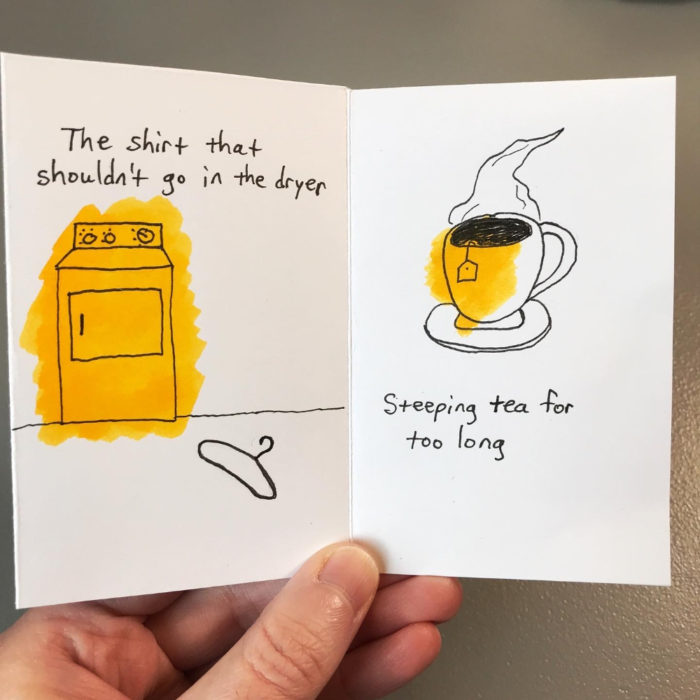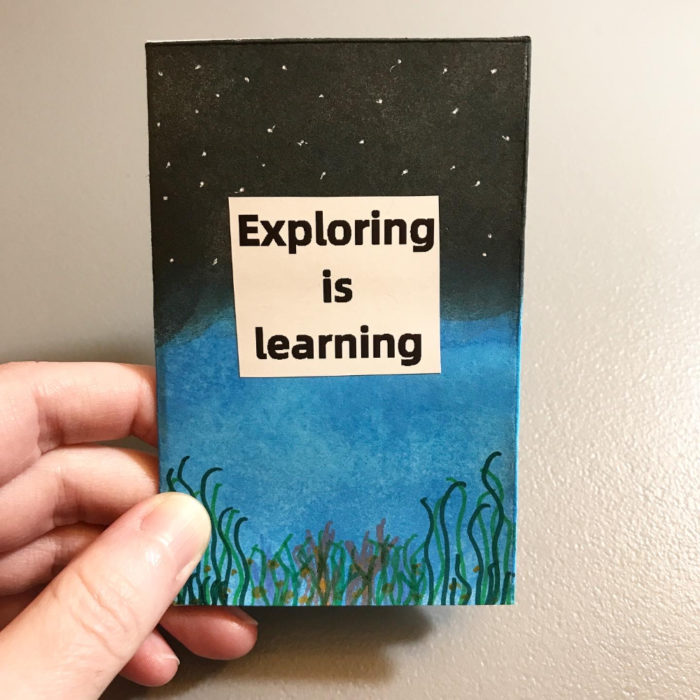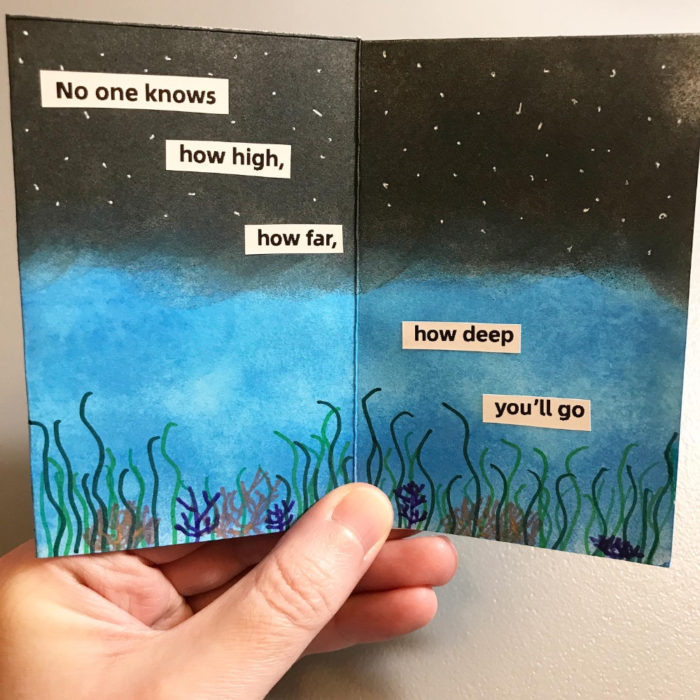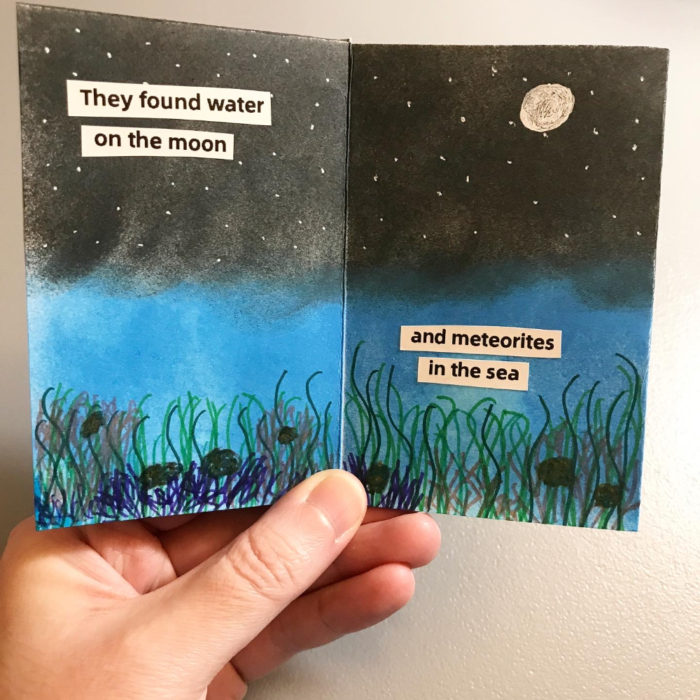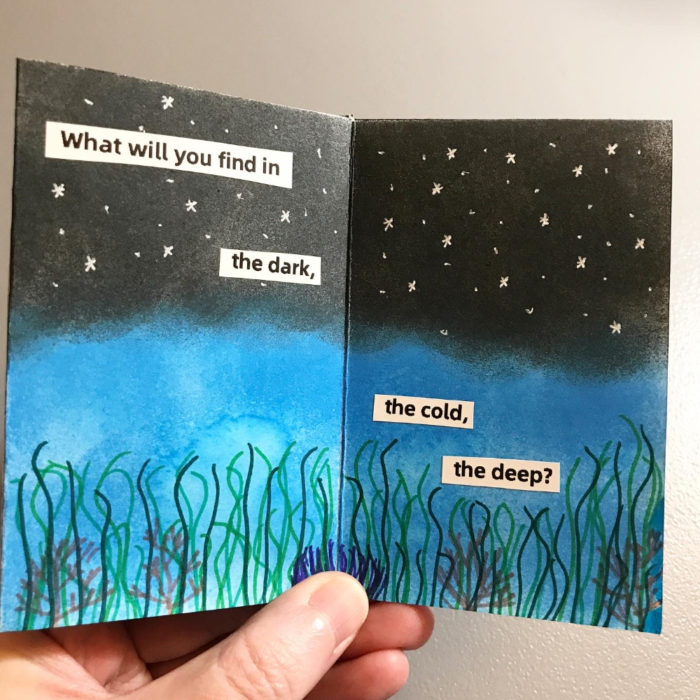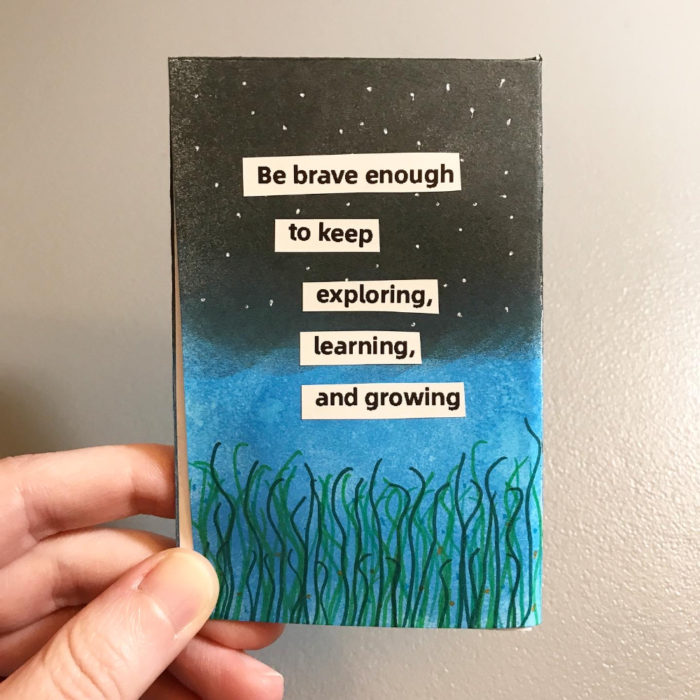Shifting through disciplines
I started watching Abstract: The Art of Design on Netflix. It’s a documentary series where each episode focuses on one designer and a different kind of design.
One episode is about Neri Oxman, a professor at MIT Media Lab. She leads a research team in exploring materials informed by nature. (Think: a strong plastic-like material made from proteins found in milk.)
In the episode, she talks about the relationship between art, science, engineering, and design. Usually, we think of them as four separate areas. You work in one domain but not the others. But Neri says, what if, instead, we thought of them as a circle? As a clock, where we shift from one discipline to another over time. Input from one domain becomes the output of another.
Neri uses architecture, design, engineering, and biology in her work, so it makes sense that she talks about interdisciplinary work.
A diagram displays on the screen at this point of the episode, and I paused it to draw it myself. When I see a diagram that clicks for me, I love recreating it as my way of learning.
Here’s the circle, with the disciplines each having their own domain, but now connected.
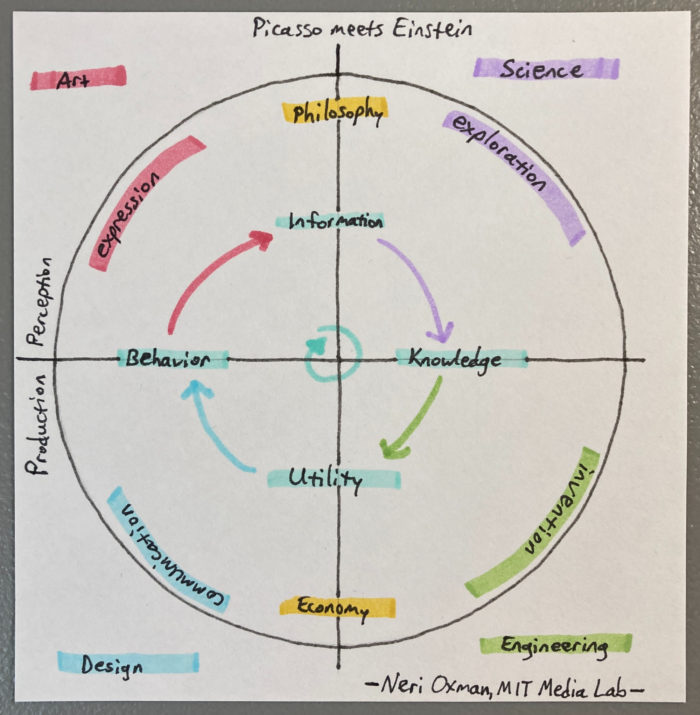
I’m paraphrasing the explanation from the documentary:
Art is for expression. It looks at cultural behavior, which leads to questioning presumptions about the world. These questions lead into science.
Science is for exploration. We gain information (input from art) and turn it into knowledge (output to engineering).
Engineering is for invention. It takes knowledge and turns it into utility for design.
Design is for communication. We take utility, give it context, and turn it into cultural behavior (which is then expressed as art).
Full circle.
Continuing with the clock analogy, Neri says that at the midnight position, that’s where art meets science, where Picasso meets Einstein.
I love this model because it shows the value of these disciplines working together. Rather than limit work to one domain, you can shift through domains (with a team…no one is an expert in all four areas) to create a full understanding, exploration, use, and expression.
